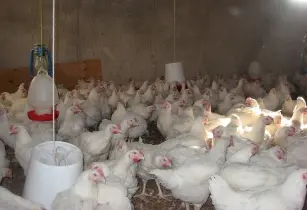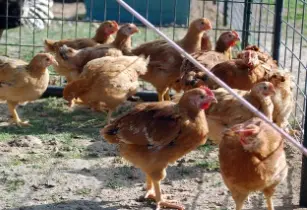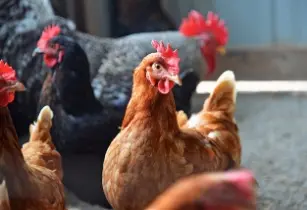Jean Baptiste Musabyimana, managing director, Abusol, addressed VIV Europe on the investment opportunities of Africa as a whole with an emphasis on Rwanda
Livestock
Burkina Faso and Mali set out their stalls for agricultural investment
Representatives from Burkina Faso and Mali presented the advantages of investing in their agricultural industries in an interactive session at VIV Europe
Rabobank offers comprehensive overview of the African poultry market
Nan-Dirk Mulder, global animal protein specialist, Rabobank, offered a macro perspective on challenges and opportunities in the African poultry market at the Invest in Africa session at VIV Europe
Hubbard JA257 added to the list of Dutch approved breeds for broilers
Hubbard, one of the major international broiler breeding companies in the world, has announced that the ‘Hubbard JA257’ has been accredited by the Dutch Animal Welfare Association (Dierenbescherming) for use in their Better Life certification scheme
Senegalese leaders call for poultry industry investment
Dr Sakho, Secretary-General for Senegals Ministry of Agriculture, opened the Invest in Africa seminars at VIV Europe 2018 with an upbeat call for investment in the West African countrys poultry industry













